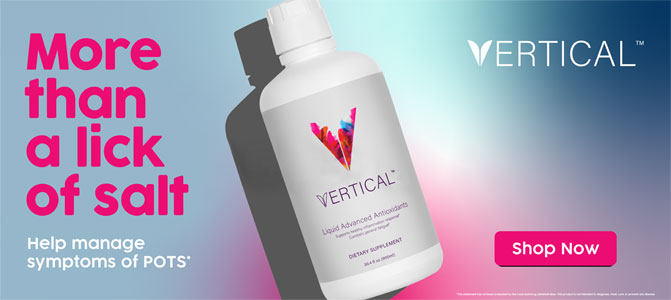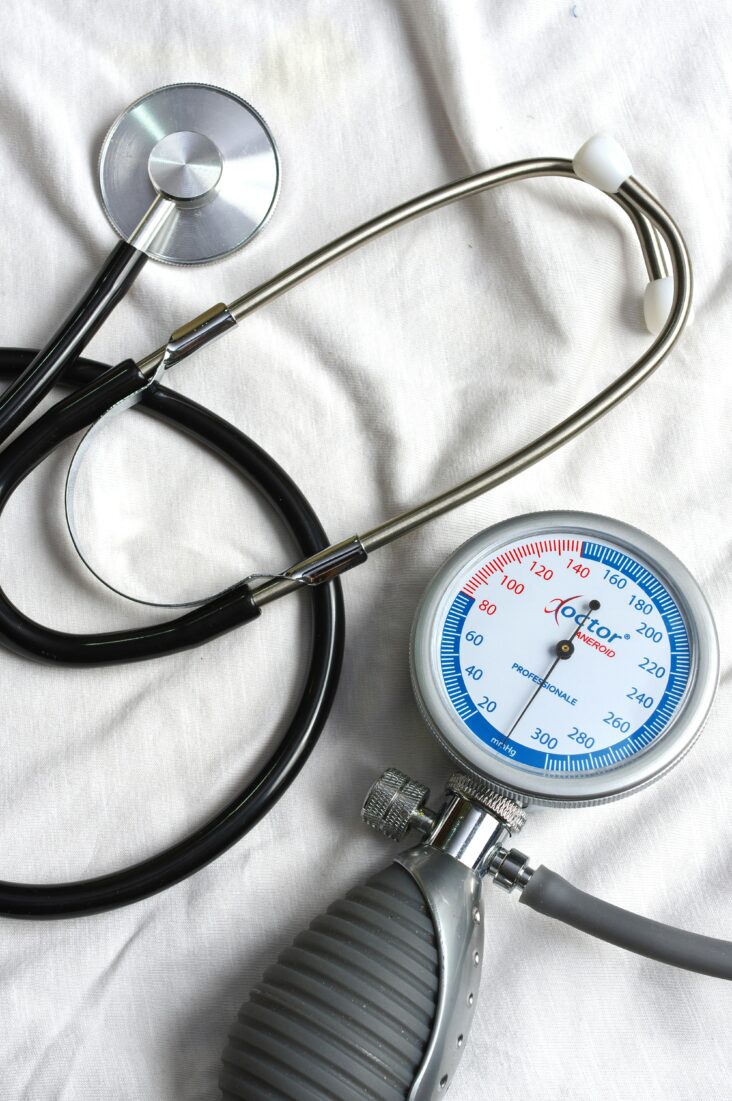Click Here to Download this Blog Post – Orthostatic Hypotension: Part 3 Of 6
Dr. Nicholas L. DePace, M.D., F.A.C.C.
This is Part 3 of a 6 Part Series about Orthostatic-Hypotension
If an increase in heart rate disproportionately occurs in a patient who has orthostatic hypotension, one has to suspect dehydration as the cause.
There are formulas to compute what is a normal response and not a normal response to heart rate when the blood pressure falls below 20 mmHg.
Usually, with a fall in blood pressure and thoracic volume, a reflex compensatory mechanism occurs in the central and peripheral nervous systems, which increases sympathetic and reduces parasympathetic outflow, and this is the baroreflex.
The increase in outflow raises peripheral and vascular resistance, decreases venous return in cardiac output, and will attempt to limit the fall in blood pressure.
Usually, when one assumes the upright position, 500 to 1000 cc of blood goes to the lower extremities and to the GI (splanchnic circulation).
The normal response when one assumes an upright position is no change or a small fall in systolic blood pressure, an increase in diastolic blood pressure, and an increase in pulse rate at 10 to 25 beats per minute.
However, patients who have orthostatic hypotension will have some of these compensatory mechanisms fall, and the blood pressure will drop.
The reason orthostatic hypotension is more common in older patients is due to the fact that they have impaired baroreceptor sensitivity.
Antihypertensive medicines may be related to orthostatic hypotension in older patients.
These include vasodilators such as nitrates, which also can reduce preload, and calcium channel blockers, more commonly called the so-called “hydro” calcium blockers, such as amlodipine and nifedipine.
Antidepressant drugs, such as tricyclics, especially in high doses, may also contribute to orthostatic hypotension as do antipsychotic agents and opiates. Alcohol is a vasodilating agent and can exacerbate orthostatic hypotension based on many mechanisms, including over-diuresis, vasodilatation, and dehydration effects.



